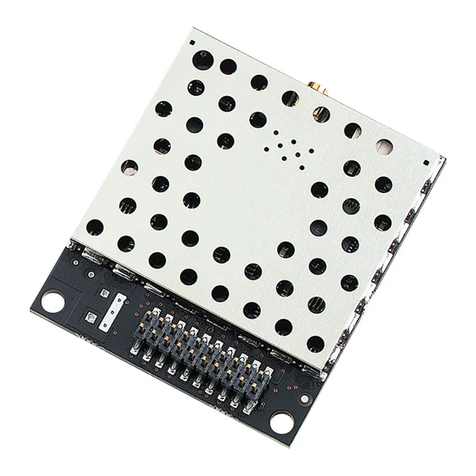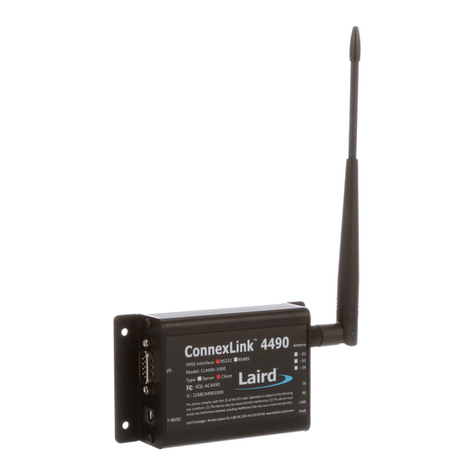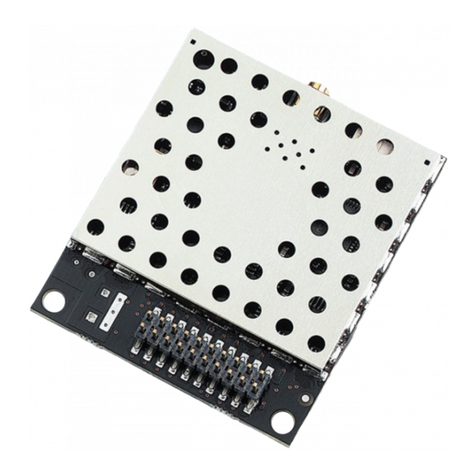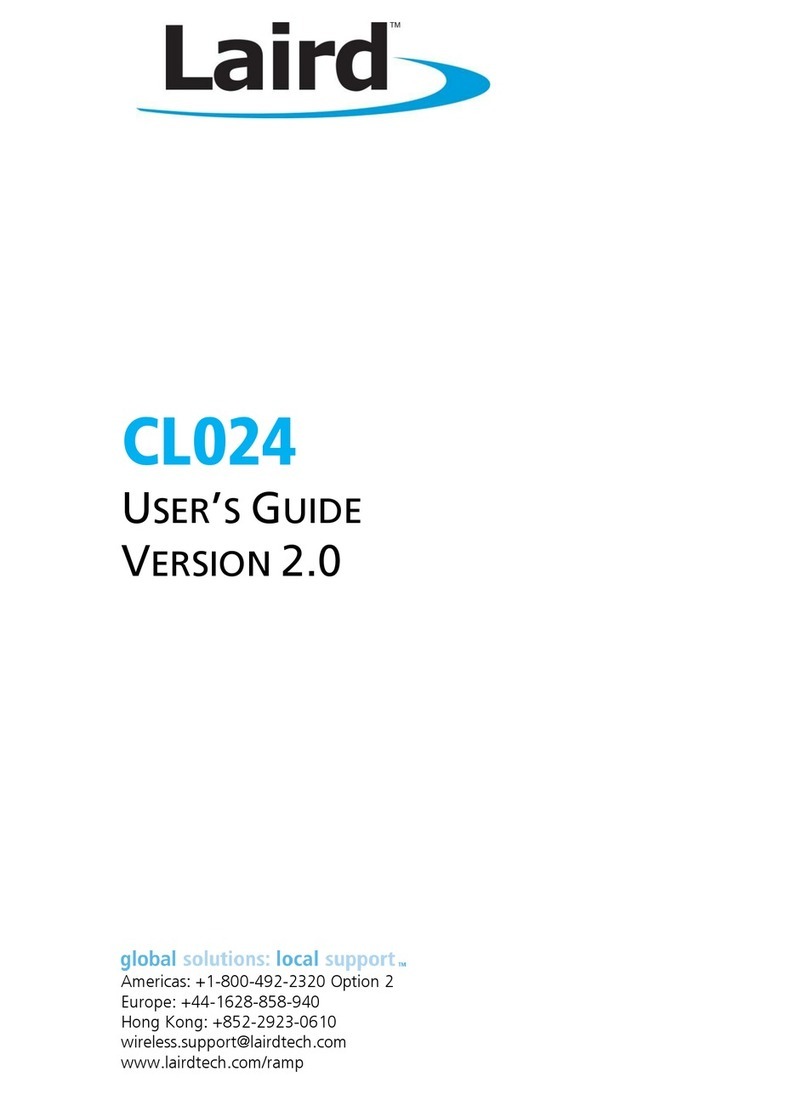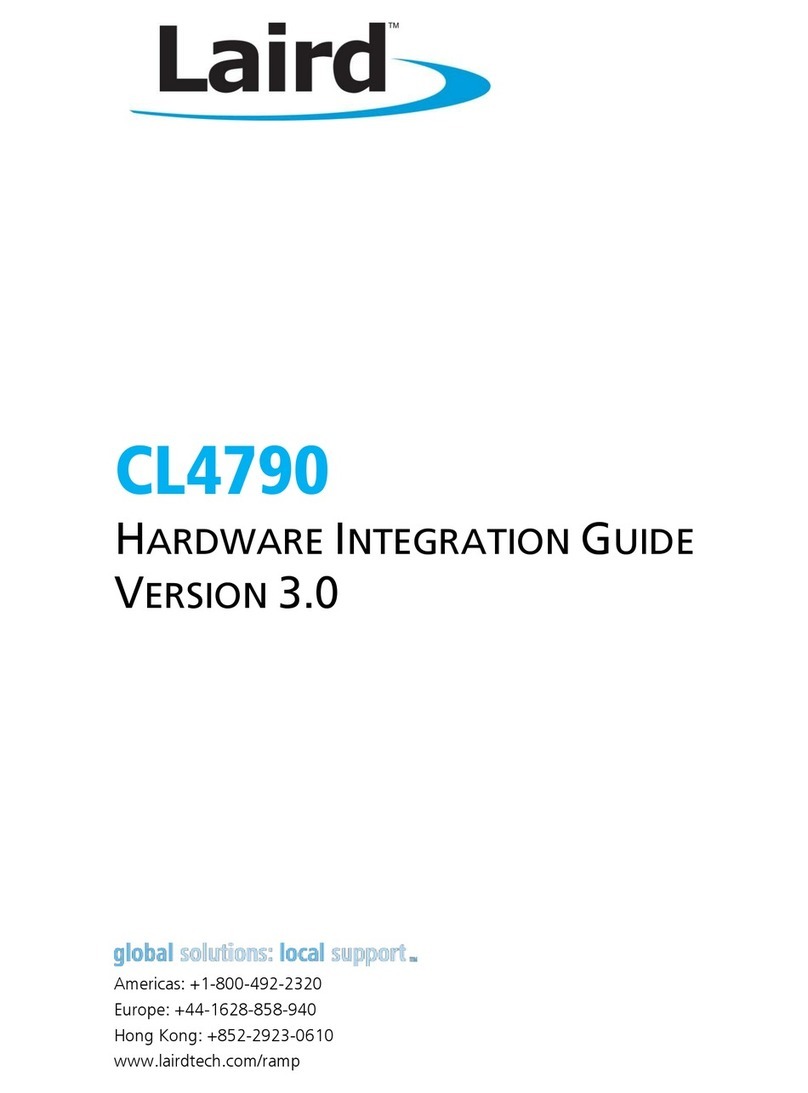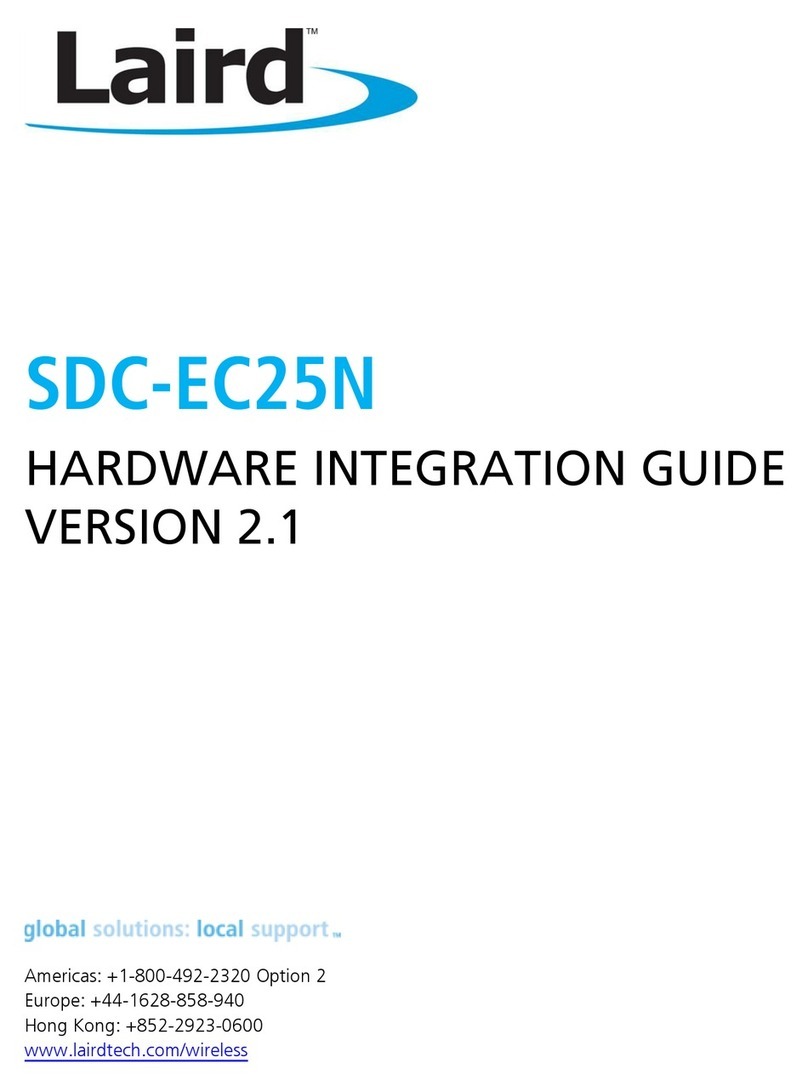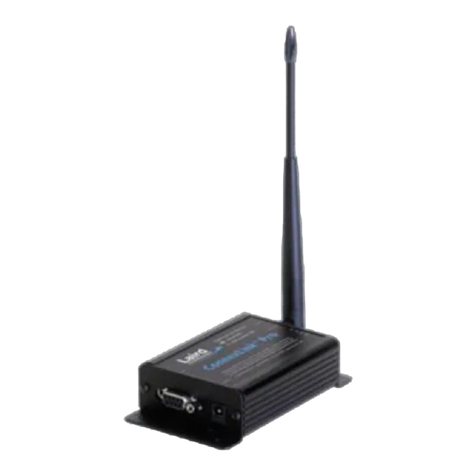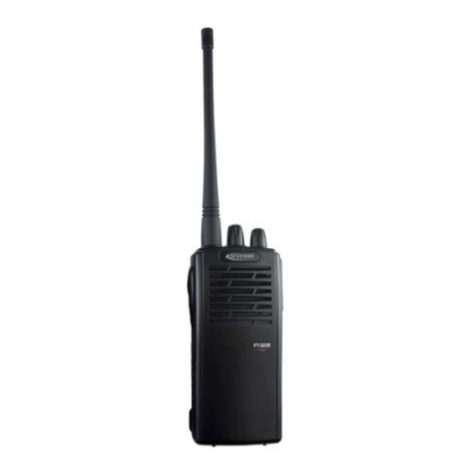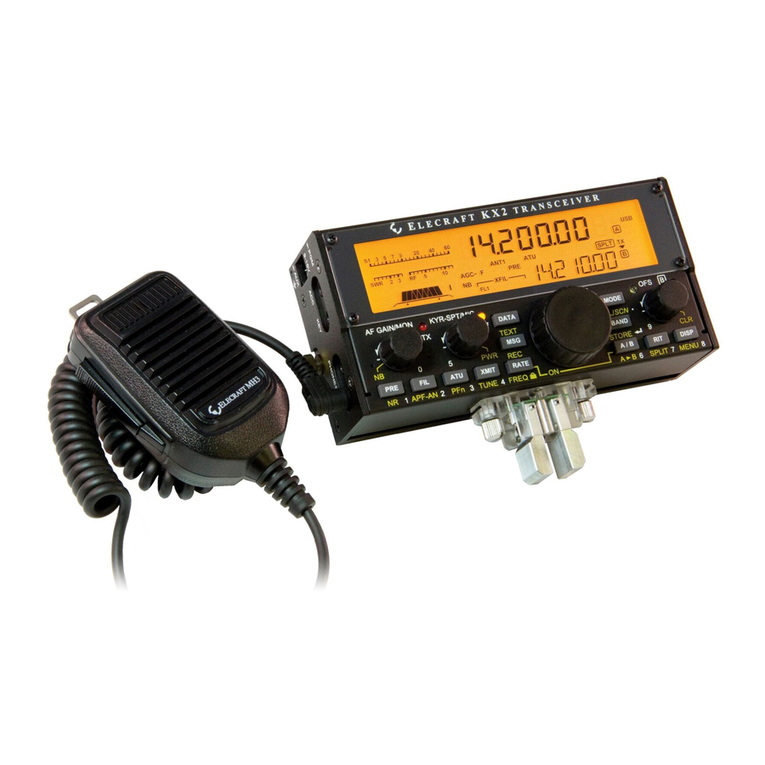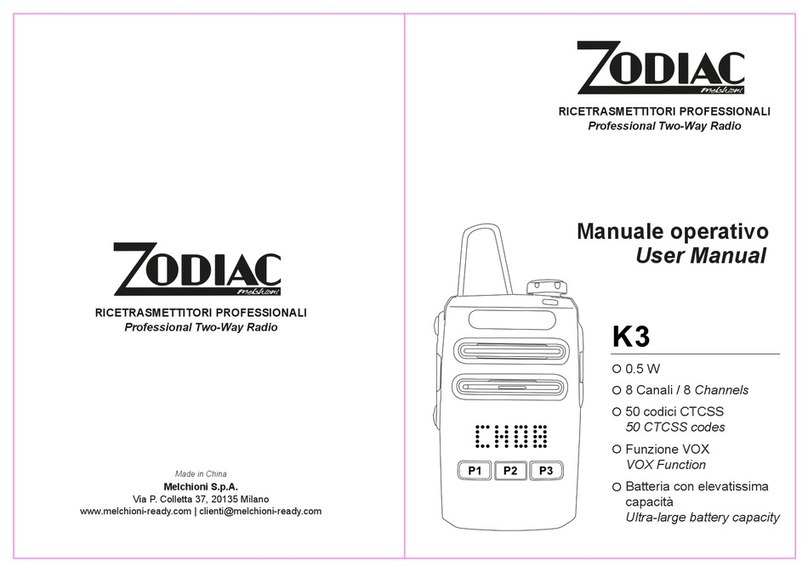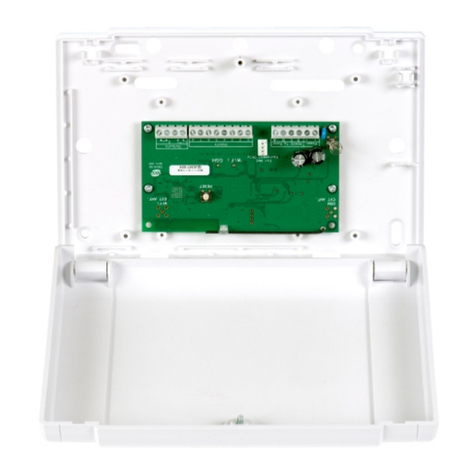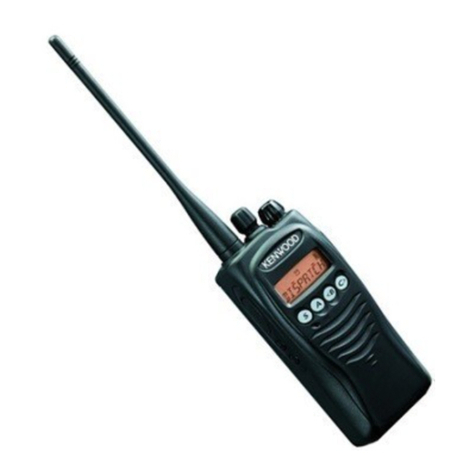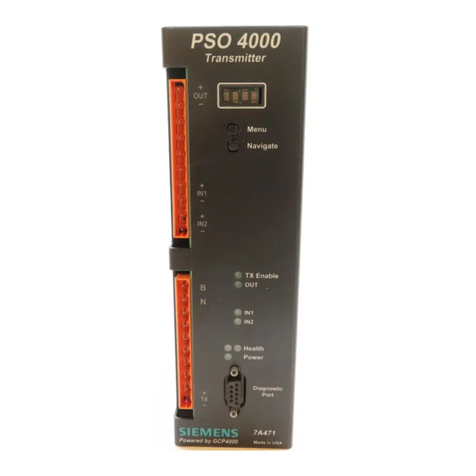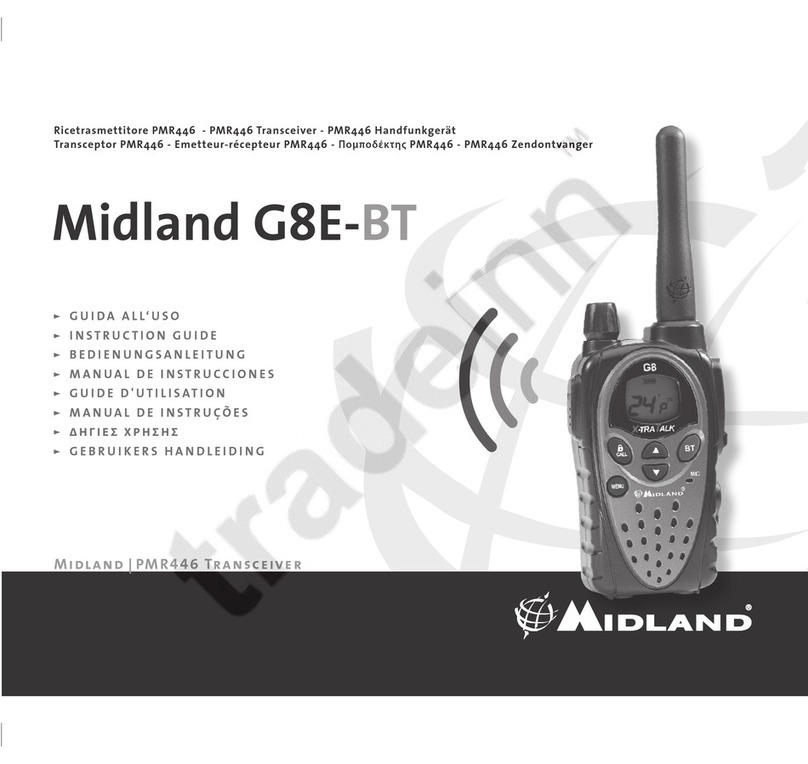
5
www.lairdtech.com
Laird Technologies
CL2510
RF Transceiver
SPECIFICATIONS RS-232
RS-232 is a single-ended serial data transmission protocol. The RS-232 signals are represented by
voltage levels with respect to a system common (power/logic ground). The “idle” state (MARK) has
the signal level negative with respect to common and the “active” state (SPACE) has the signal level
positive with respect to the common.
TABLE 3:
DB-9 PIN SIGNAL NAME DESCRIPTION CL2510 FUNCTION
1 DCD Data Carrier Detect Not Connected
2 RXD Receive Data RXD (input)
3 TXD Transmitted Data TXD (output)
4 DSR Data Set Ready Generic Output
5 GND Ground Ground
6 DTR Data Terminal Ready Generic Input
7 CTS Clear to Send CTS (output)
8 RTS Request to Send RTS (input)
9 RI Ring Indicator Not Connected
INTERFACINg TO OTHER RS-232 EqUIPmENT
The CL2510 is a DCE (Data Communications Equipment) device with limited handshaking. Typically
devices like PCs are considered DTE (Data Terminal Equipment) devices while peripheral devices are
classied as DCE. A DCE device can be interfaced to a DTE device using a straight through serial cable.
When interfacing two DCE or two DTE devices together, a null modem cable is required to cross the
respective input and output signals.
DTE TO DCE AND DCE TO DCE INTERFACES
* Design Tip: When using a pair of CL2510s to connect a PC to a peripheral unit, if you previously used a
straight through cable to connect your PC to your peripheral device, you’ll need to use a straight through cable
between the PC and the CL2510 and a null modem cable between the other CL2510 and the peripheral device.
HARDWARE FLOW CONTROL
Flow control refers to the control of data ow between the host and the CL2510. It is the method used to
handle data in the transmit/receive buffer of the CL2510 interface, and determines how data ow between
the host and the CL2510 is throttled. Often in serial communication, one device is capable of sending data
much faster than the other can receive. Flow control allows the slower device to tell the faster device to pause
and resume data transmission. (Flow control CTS and RTS are used by the CL2510 and its Host, locally - NOT
over the air. Therefore, one CL2510 cannot tell the other to slow down or speed up).
The transceiver uses CTS to indicate the state of its input buffer. The OEM host uses RTS to indicate when
it’s able to receive data from the transceiver. When RTS Enable is set on the transceiver, the transceiver will
monitor RTS and will only transmit data out the serial interface when RTS is low. For this reason, the OEM
should not set RTS Enable on the CL2510, unless the OEM host is specically controlling RTS. Leaving RTS
high for too long with RTS Enable set can cause data loss once the transceivers transmit queue lls.
* Design Tip: Can I implement a design using just Txd, Rxd and Gnd (Three-wire Interface)?
Yes. However, it is strongly recommended that your hardware monitor the CTS pin of the radio. CTS is
taken high by the radio when its interface buffer is getting full. Your hardware should stop sending at this
point to avoid a buffer overrun (and subsequent loss of data). You can perform a successful design without
monitoring CTS. However, you need to take into account the amount of latency the radio adds to the system,
any additional latency caused by Transmit Retries or Broadcast Attempts, how often you send data, non-delivery
network timeouts and interface data rate. Polled type networks, where the Server host requests data from the
Client host and the Client host responds, are good candidates for avoiding the use of CTS. This is because no
one transceiver can monopolize the RF link. Asynchronous type networks, where any radio can send to another
radio at any point in time, are much more difcult to implement without the use of CTS.
